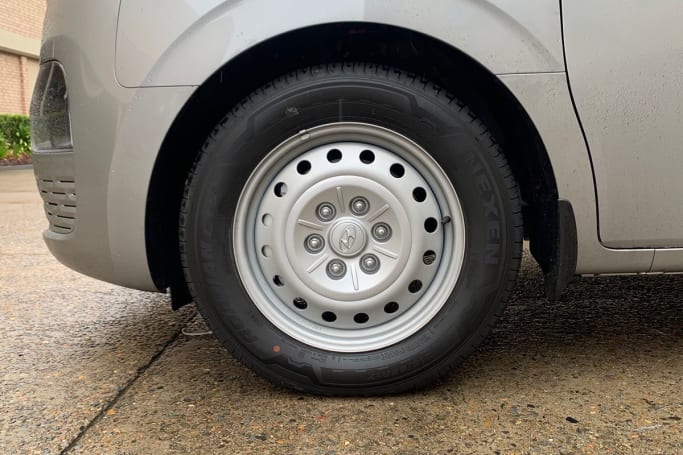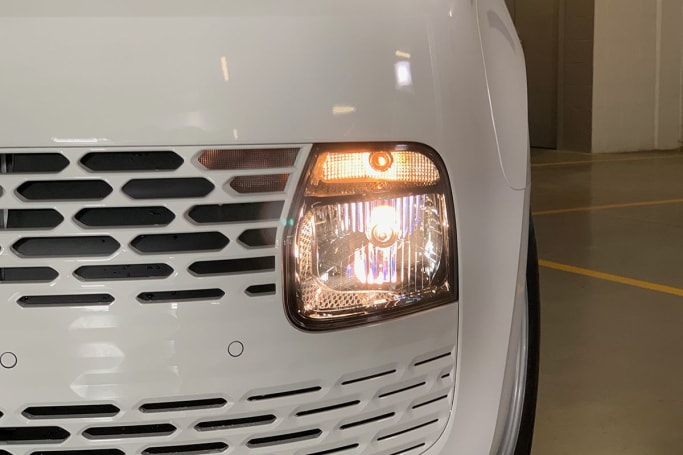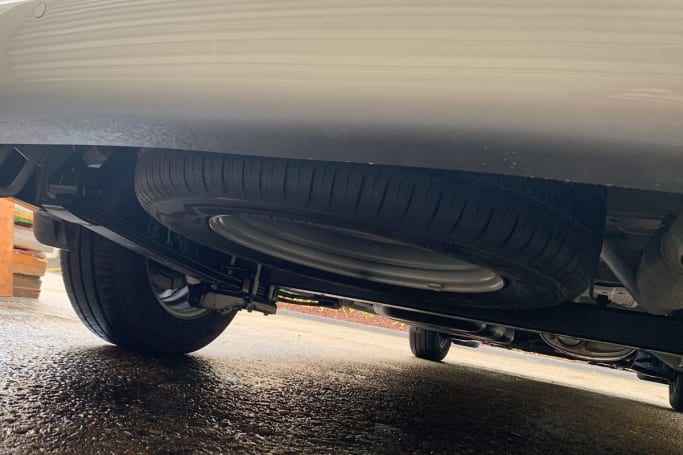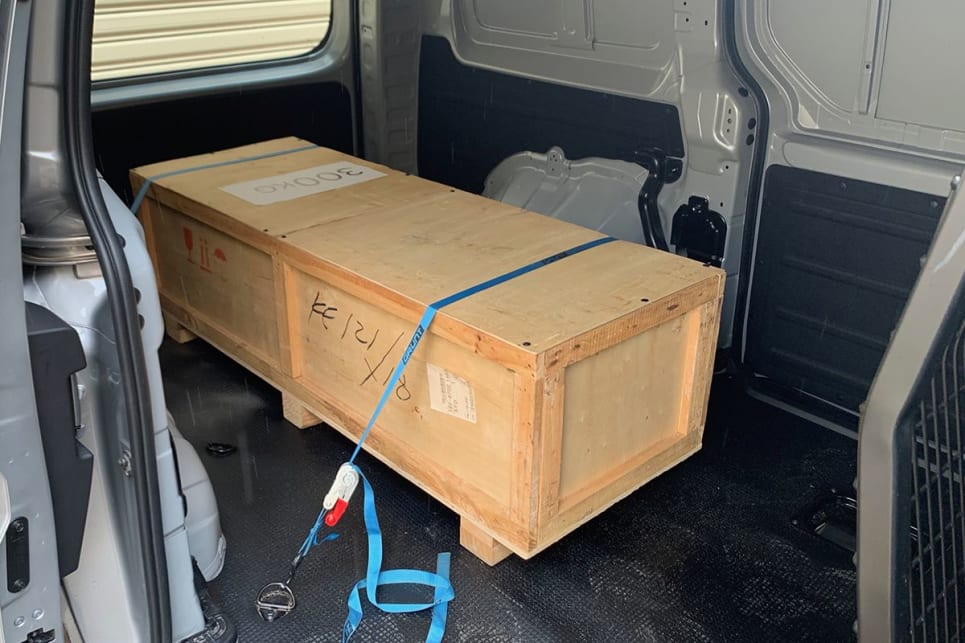At $45,240 (MSRP - before on-road costs) the new diesel-auto-only Staria Load seems kind of pricey, especially considering the iload was once considered a “cheap” van in the segment. But over the years the MSRP of the iLoad crept up to $42,710, and you're getting a lot more equipment for the $2530 step up. A lot.
And at that $45K price point, it's close to what you're paying for a HiAce diesel auto (identically priced at $45,240), and undercuts the diesel-auto Transit Custom in both short-wheelbase ($46,090) and LWB ($48,090) guises.
Of course, it's well and truly over the likes of the cut-price Chinese LDV G10 (from $32,490 drive-away for ABN holders), which is the third-biggest seller in the segment behind the HiAce and existing iLoad.

There will also be a Staria Load 5 Seat Crew Van arriving in November 2021, which will likely be priced “close to $50,000”, according to the brand.
And it should be noted that if you choose either the 2 Seat or 5 Seat Staria Load, you have the choice of rear “Twin Swing” barn doors, or a liftback tailgate - there's no cost to choose either, but the barn-door-equipped versions miss out on the standard-fit surround view 360 degree camera offered on the tailgate models (instead, they get a standard reversing camera). Hey, that's still better than Toyota, which doesn't even offer you a barn door option on the HiAce!
Okay, so does the Staria Load justify its price by offering lots of equipment?

Standard inclusions for Staria Load comprise 17-inch steel wheels with a full-size spare, auto dusk-sensing halogen headlights, front and rear parking sensors, cloth interior trim with rubber flooring, a leather steering wheel and gear knob, an 8.0-inch touchscreen media system with Apple CarPlay and Android auto, a two-speaker stereo, an electronic park brake, wireless smartphone charging, a 4.2-inch digital instrument cluster, and a digital speedometer and tachometer.
All grades come with twin side sliding doors with filled-in window panels on both sides, and there's a rubber floor liner, half-height panel liners and eight tie-down hooks fitted.
What's missing? Any form of LED lighting, for one, and there are no auto wipers, either. No sat nav, and there's just one cargo area light right at the back of the van - a second one in the middle wouldn't have gone astray.

There are several accessories available for the Staria Load, though it isn't quite as configurable as the “make it how you need it” Volkswagen Transporter van range.
There's the choice of a bulkhead partition ($1799 fitted), cage style cargo barrier ($899 fitted), headlight protectors ($229 fitted), bonnet protector ($229 fitted), side wind deflectors ($199 fitted), a towbar kit with wiring harness ($1390 fitted) and 17-inch alloy wheels (price TBC) among others.
But there is no option for side windows unless you choose to buy the Crew Van 5 Seater, and even then the brand isn't offering the option of the rear-most panels being glazed. Some competitors offer that, so if you need better outward visibility you can spend more to have it - maybe you could just buy a Staria people mover and remove the back seats?
There aren't many colours to choose from - Hyundai reckons customers will prefer the blank canvas Creamy White finish at no cost, or they might choose the Shimmering Silver metallic at $695. Those are the only options - no red, yellow, brown, green, blue, black or grey.


























